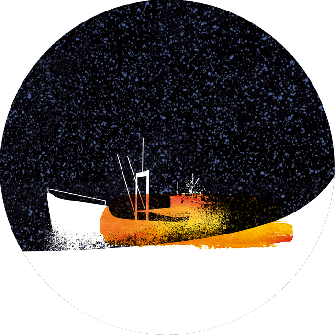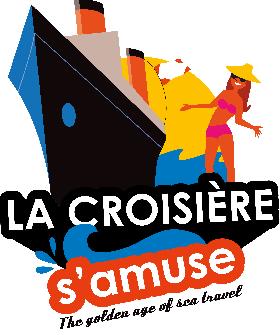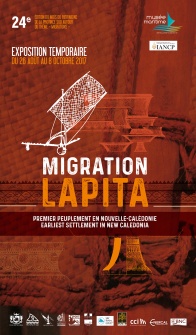Temporary Exhibition from August 2023
The exhibition is part of the celebrations marking the 70th anniversary of the disappearance of the Monique, a New Caledonian coaster used to carry freight and passengers.
On the night of July 31st to August 1st 1953, the ship mysteriously disappeared between Maré and Noumea, with 126 people on board: men, women and children of all ages from different communities.
The exhibition follows the story, which took place at a time when boats were the only means of transport between Grande Terre and the Loyalty Islands, when there were few statutory restrictions on navigation, and when the safety of the passengers was less important than that of the goods being shipped.
By joining in the commemorations being held across the country, the Maritime Museum hopes to contribute to lifting the silence that has shrouded this tragedy for decades. In doing so, it hopes to keep this historical event alive and make it accessible to everyone, so that it will remain a part of the consciousness of the new generations.
More than anything else, this exhibition pays tribute to the memory of those who died at sea and of their families.

The story of the Compagnie des Messageries Maritimes is the stuff of dreams. For many, the name is suggestive of sea cruises to fabulous exotic destinations.
During the course of more than a century, the Compagnie's vessels evolved to meet the expectations of its passengers, and to transform the exhausting and occasionally terrifying long-distance journeys by sea into unforgettable comfortable cruises, enlivened with stopovers in mythical locations and a wealth of on-board entertainment.
On February 5, 1882, the ship M/V Natal sailed from Marseille bound for New Caledonia. The journey took 53 days. By the end of the 19th century, the Compagnie des Messageries Maritimes had become one of the major elements of the French presence throughout the world, providing a regular link between France and its colonial empire. This was to last nearly one hundred years until the Compagnie was wound up in 1971.
Exhibition starts on nov 2021.

Temporary exhibition from September 15 2018
On First Floor
In New Caledonia, with its large forests, a new expertise on ship building appeared in the mid-nineteenth century introduced by European settlers, alongside traditional canoes which had been built by Kanak for centuries.
Since then, several shipyards were established all around New Caledonia but Noumea, and more precisely around Baie de la Moselle, was where the activity reached its peak in the 1920s and 1930s. In the 1970s modern materials replaced wood and the business, little by little, slowed down.
With its unusual scenography, this exhibition shows a great range of marine carpenter tools and relates the evolution and the rich expertise of the marine carpenters, who for generations marked the history of New Caledonia navigation.
The text of this exhibition has been translated into english.

Earliest settlement in New Caledonia
Temporary Exhibition from August 26 to October 8 2017
The word Lapita originally came from the name "Xapetaa", a site near Koné, on the West coast of New Caledonia. It primarily defined a ceramic tradition that appeared dramatically around 1350 BCE in the Bismarck Archipelago and featured complex geometric and anthromorphic dotted decorations on pottery of unusual shapes.
Around 1250 BCE, keepers of the Lapita tradition, at that point of mixed parentage with pre-Austronesian groups of the Bismarck Archipelago, left Northern Melanesia to reach the boundary of known lands, South of The Solomon Islands, close to Oceania.
Probably driven by a strong tradition of maritime explorations, they were the first to seek out unknown areas of the Southwest Pacific, after 200 miles of sailing eastwards, they discovered the Reef and Santa-Cruz Islands, first untapped lands of a great region, which would later be defined as Remote Oceania.

Temporary Exhibition from September 2nd till October 30th 2016
Extended!
This exhibition is the result of a shared work between the Escoffier Vocational High School and the Maritime Museum of New Caledonia. It invites you to walk around different locations of a 18th century ship from the hold up to the officers' table and to discover the living conditions on board.
Smell, taste and share the officers' refined meals or the sailors' ration. Learn about the cooking, the health conditions and the food and water supplying on board.

Page 1 sur 2